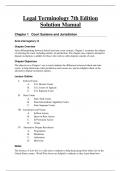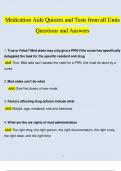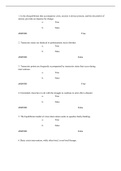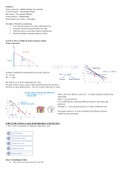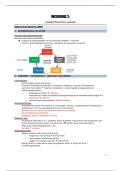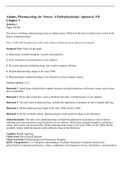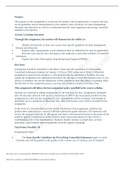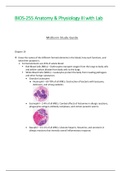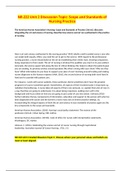Exam (elaborations)
Complete Solution Manual Legal Terminology 7th Edition Questions & Answers with rationales
- Course
- Institution
- Book
Legal Terminology 7th Edition Solution Manual Complete Solution Manual Legal Terminology 7th Edition Questions & Answers with rationales PDF File All Pages All Chapters Grade A+
[Show more]
